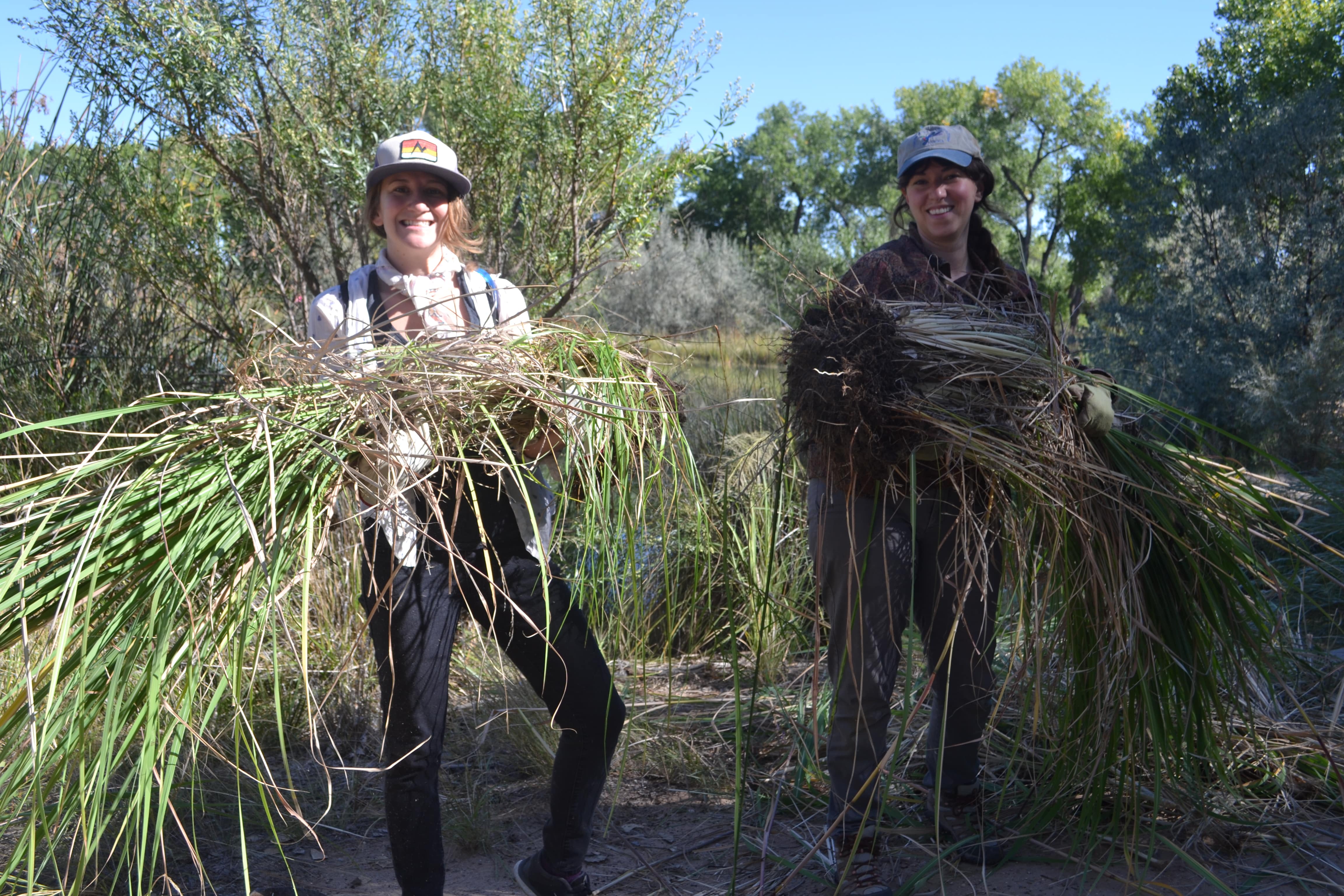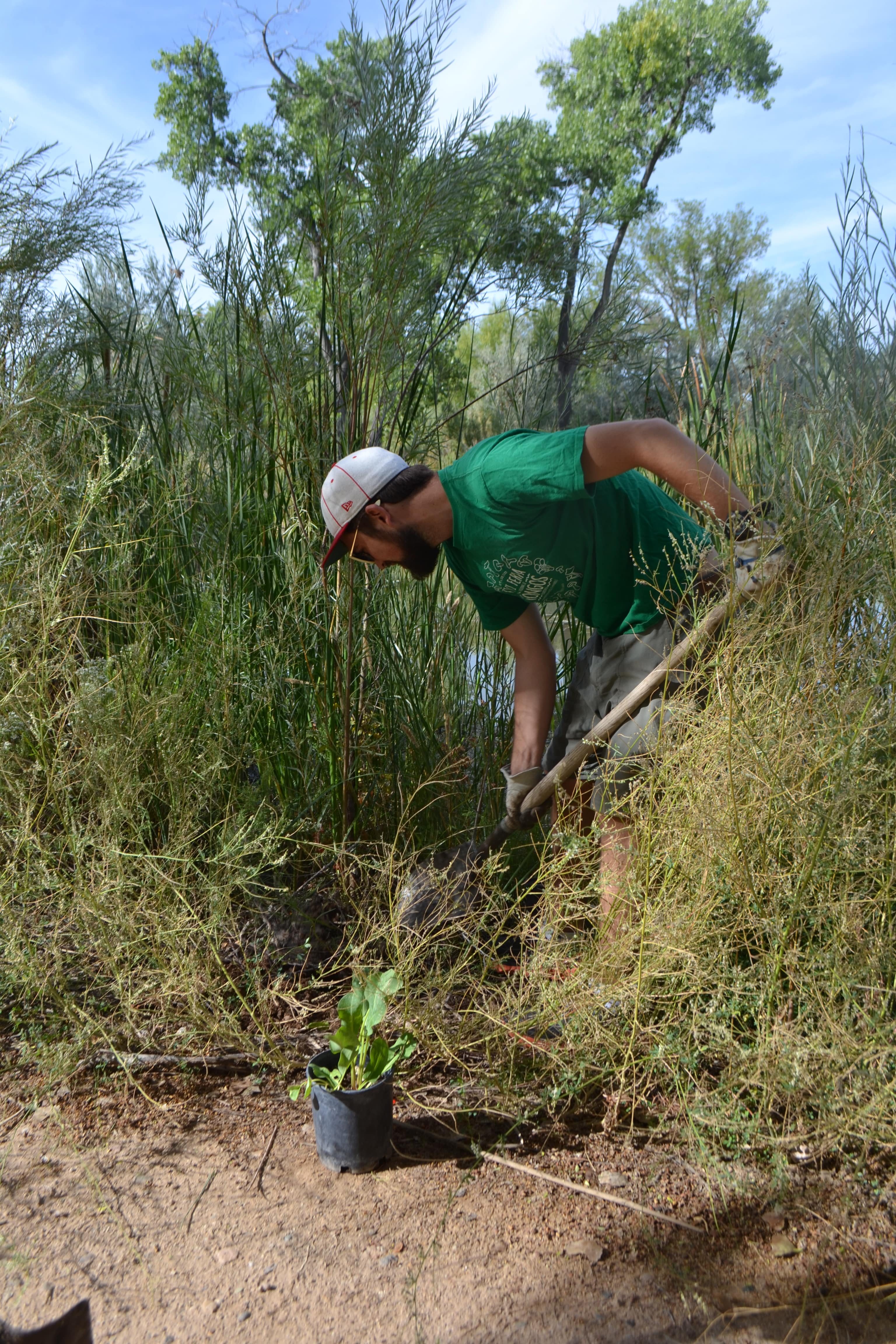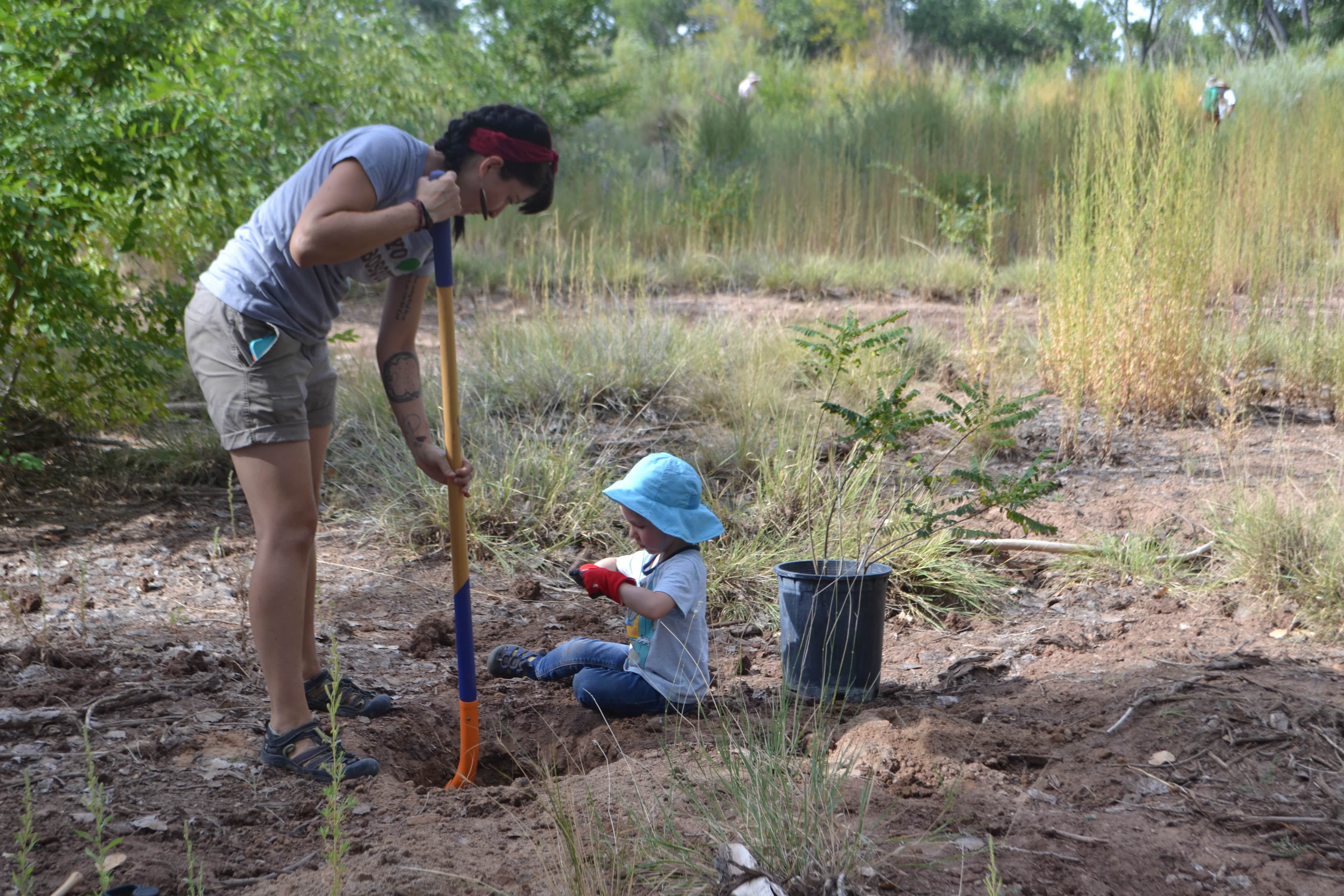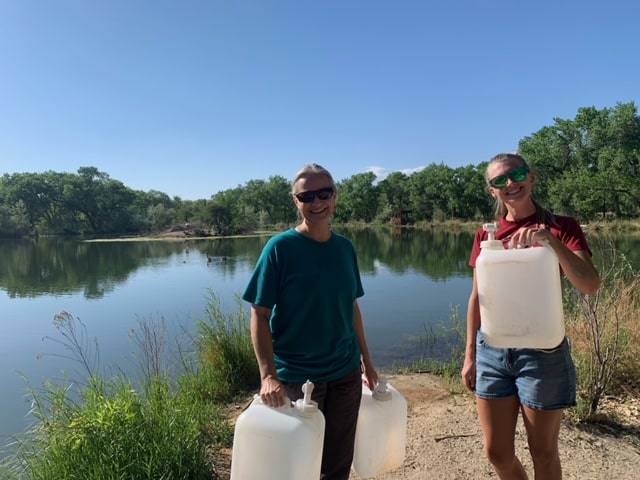





This building block forms the foundation of the Yerba Mansa Project’s work. Healthy and diverse native plant communities are critical for ecosystem functioning and the cultural traditions built upon them. Our volunteers engage in live planting and reseeding of edible and medicinal species that have historically been present and are also considered to be adaptable for current and future climate conditions including higher temperatures and less water in the riparian system. Restoration work also includes habitat improvements such as removal of nonnative invasive ravenna grass (Saccharum ravennae) that impedes the growth and reproduction of native species. Our work has demonstrated that ravenna grass can be successfully removed with hand tools such as shovels and mattocks and if roots are adequately removed, the plants do not resprout. This serves as a model for land management agencies wishing to control nonnative understory plants along waterways of the American West while avoiding the use of chemical agents. The combination of invasive species removal and native plant restoration has proven successful when appropriate species are selected both for climate readiness and cultural relevance.
This building block requires consideration of two critical factors. First, a minimal standard of ecosystem functions must be present to restore native plant species. In this case, there must be enough water in stream flows and a water table that is high enough to be accessed by established plants. Second, species should be selected based on ability to adapt to climate change predictions for future decades. These include earlier spring run-off in rivers, less water in the system due to increased evaporation and economic usage, and higher temperatures.
We learned to anticipate and adapt to environmental conditions that change unexpectedly and negatively impact the ability of plants to survive. For example, beavers felled trees providing critical shade during new plant establishment. In another instance, our site experienced ‘historic’ flooding that inundated new plantings selected for hotter and drier conditions. Also our site is a protected natural area within an urban environment and thus receives high visitor use and degradation associated with off-trail hiking and unleashed dogs. All of these conditions must be accommodated as they represent the wildness of nature, the chaos of changing climate, and the pressures of population growth.
Similar concerns will likely affect other restoration projects in varying locations and can be met with flexibility. To accommodate felled shade trees and high visitor use, we devised a practice of gathering downed debris of thorny plants such as tumbleweed (Salsola tragus) and Russian olive (Elaeagnus angustifolia) and laid them on top of or around establishing plants to provide shade and deter hikers and dogs from walking through the area.